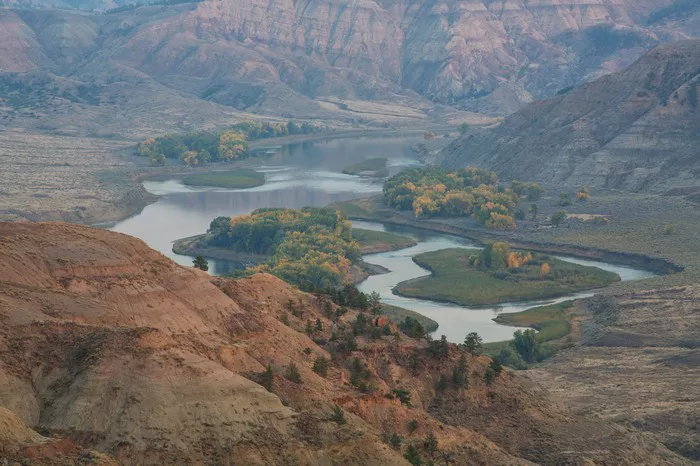If western Montana feels too crowded this summer, travelers seeking solitude and natural beauty might find the perfect escape at the Bureau of Land Management’s Upper Missouri River Breaks National Monument in remote central Montana.
Covering 149 miles of the Upper Missouri River and including parts of Arrow Creek, Antelope Creek, and the Judith River, the monument spans approximately 377,000 acres of BLM-administered public land. Stretching from Fort Benton to the Charles M. Russell National Wildlife Refuge, it features an impressive mix of biological, geological, and historical treasures.
Some of the most popular sites within the monument are already open, with more preparing to welcome visitors in the coming weeks. Here’s what to know:
Starting June 1, the Missouri Breaks Interpretive Center will operate on summer hours—open Monday through Saturday from 8:30 a.m. to 4:30 p.m., including holidays. Admission is free for all ages, offering a family-friendly stop to learn more about the region’s rich history and environment.
The James Kipp, Coal Banks, and Judith Landing campgrounds are currently open for the season. All campsites operate on a first-come, first-served basis. Judith Landing will remain open through October 15, while Coal Banks Landing and James Kipp will stay open until November 30. Campsites cost $20 per night. In addition, river access fees are $5 per person per day. Visitors can pay onsite using fee envelopes or pay river fees at the Interpretive Center in Fort Benton.
Motorized and mechanized access to the Bullwhacker region of the monument will open from June 15 to December 1. Access is only available via the Left Coulee Access Route. Due to the remote nature of the area, visitors are encouraged to contact the Interpretive Center for current weather and road conditions before traveling.
Between June 15 and September 15, motorized boating restrictions apply along certain “wild and scenic” stretches of the Missouri River within the monument. During this time, upstream motorized travel is limited strictly to administrative, emergency, or law enforcement vessels to protect the natural character of the area.
The monument isn’t just about outdoor recreation. It’s also managed to protect historical landscapes tied to the Lewis and Clark expedition, the Nez Perce Trail, wilderness study areas, and designated wild and scenic rivers. Maintenance efforts, like post-winter fence inspections by range technicians, ensure that the land is prepared for a safe and enjoyable visitor experience.
The Upper Missouri River Breaks National Monument offers a quieter, more rugged alternative to traditional tourist destinations—ideal for those looking to explore Montana’s deep history and untouched natural scenery this summer.
Related Topics
- Cathedral Park to Reopen Key Areas for Hikers and Campers Starting June 20
- Fishing Trip Turns Sobering as 50kg of Buried Plastic Discovered on Noosa Beach
- Budget Lantern from Walmart Gets Rave Reviews for Camping and Emergencies

